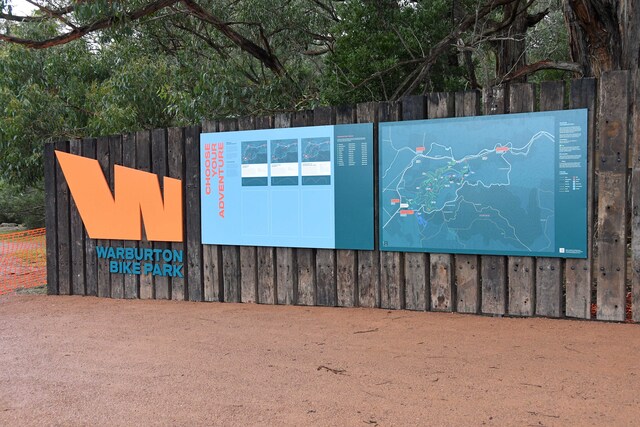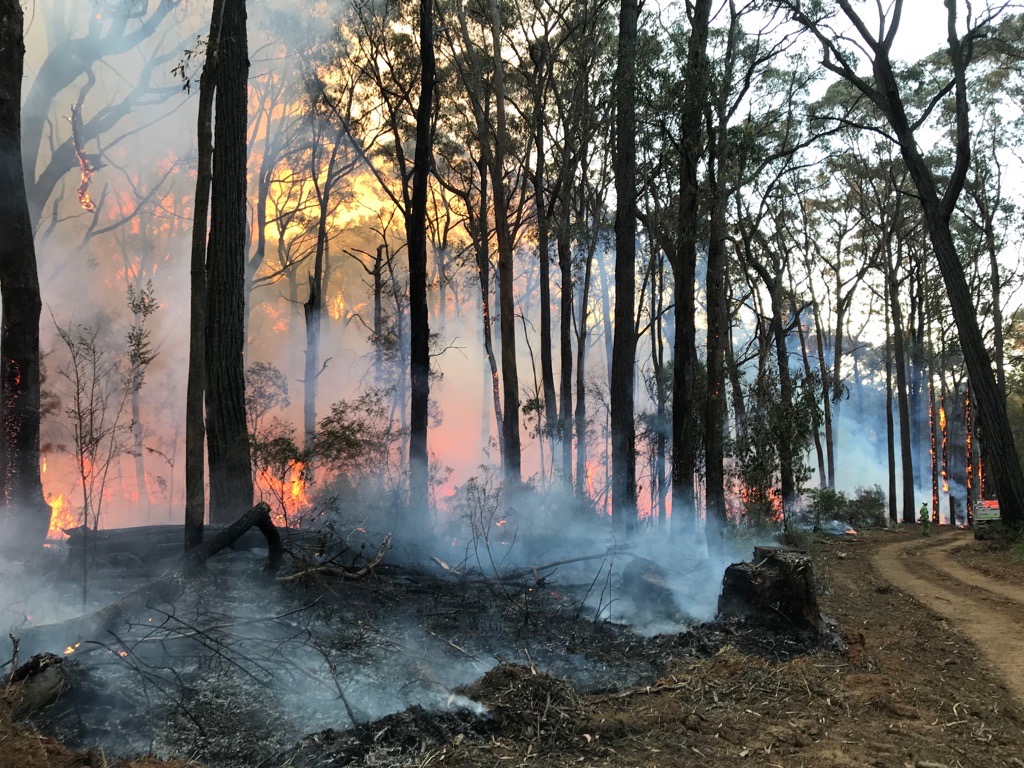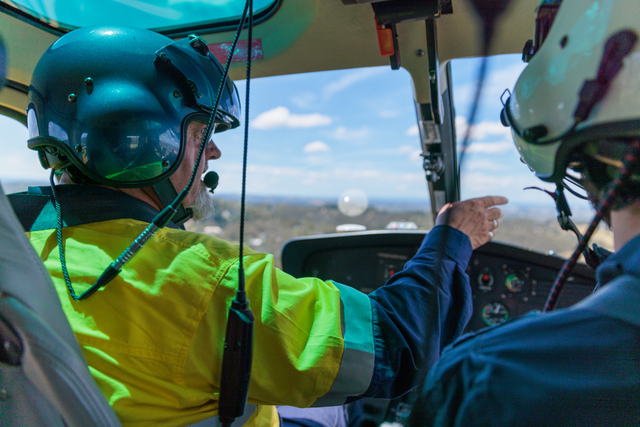By CASEY NEILL
COUNCILS say the administrative burden of collecting the new fire services levy may be passed on to ratepayers.
The State Government says the new levy will save households and businesses more than $100 million a year.
But the Opposition said Mr Baillieu refused to guarantee that no insured Victorian property owners would be worse off.
And the state’s peak council body and the Yarra Ranges Council say ratepayers could be left to pick up the “onerous administration costs” that will be placed on councils to collect the levy.
Despite failing to complete the recommendation from the Bushfires Royal Commission before the 1 July deadline, it was on 28 August that Premier Ted Baillieu unveiled details of the new model to fund Victoria’s fire services.
He said the inequitable insurance-based fire services levy would be abolished from 1 July 2013 and Victoria will move to a fairer, more transparent property-based levy.
Deputy Premier Peter Ryan said the changes followed Bushfires Royal Commission Recommendation 64.
“Under the current system only those who insure their properties make a contribution to funding the state’s fire services,” he said.
“The insurance-based model increases the cost of insurance and acts as a disincentive to insure, leaving people vulnerable in the event of natural disasters like Black Saturday.”
Under the new model, the property-based levy will be applied to all land and buildings including non-rateable property and property owned by local councils.
The levy will include a fixed component – $100 for residential properties and $200 for commercial, industrial, farming and vacant properties – and a variable component based on the property’s value.
It will be collected through council rates notices and overseen by the State Revenue Office.
Treasurer Kim Wells said abolishing the unfair tax-on-tax in the current system, which saw GST and stamp duty on the levy, would considerably lower the cost of insurance.
He said the average household contribution to fire services in a CFA area was expected to reduce from an average $260 to $140.
The reforms include a $50 concession for pensioners and veterans.
“Councils will also list the levy on rates notices so property owners can pay the new levy in the same manner as their rates, including through quarterly instalment payments,” Mr Wells said.
Professor Allan Fels will be appointed as an independent Fire Services Levy Monitor to oversee the transition for two years.
But Opposition treasury spokesman Tim Holding said the announcement left many questions unanswered.
“Mr Baillieu has refused to reveal what the variable component of the new property based levy will be,” he said.
“Until this is released no Victorian property owner will know how much they will have to pay as a consequence of these changes.”
Mr Holding said the Premier had also failed to confirm that Health Care Card holders would be entitled to a concession, and that the Municipal Association of Victoria (MAV) had claimed it was not consulted over the decision to charge property owners through their municipal rates.
In a submission to the fire services levy Yarra Ranges Council CEO Glenn Patterson said councils had concerns about collecting the levy on top of council rates, which would “introduce complexities, inconsistencies and place onerous administration costs on councils”.
Ratepayers face levy slug
Digital Editions
-

Helicopters to continue operating around Warburton Bike Park
Purchase this photo from Pic Store: 490650 Helicopters continue to operate in the Warburton Bike Park as construction of the Stage 1B progresses. The helicopters…





